Topic: Information
Tasks
- Establish a working definition for “information”.
- Bring an example of the same information that is represented in different ways
Definition of “information”
The basic, empirical definition in the context in which we are using the word, taken from the Oxford English Dictionary, is as follows:
Knowledge communicated concerning some particular fact, subject, or event; that of which one is apprised or told; intelligence, news.
Information, n. : Oxford English Dictionary. https://www.oed.com/viewdictionaryentry/Entry/95568. Accessed 25 July 2022.
A more theoretical definition comes from the elementary work by Claude Shannon (and widely acknowledged as the “father of Information Theory”):
(Shannon) defined information as a message sent by a sender to a receiver. Shannon wanted to solve the problem of how to best encode information that a sender wished to transmit to a receiver. Shannon gave information a numerical or mathematical value based on probability defined in terms of the concept of information entropy more commonly known as Shannon entropy. Information is defined as the measure of the decrease of uncertainty for a receiver.
Logan, Robert K. ‘What Is Information?: Why Is It Relativistic and What Is Its Relationship to Materiality, Meaning and Organization’. Information, vol. 3, no. 1, Mar. 2012, pp. 68–91. www.mdpi.com, https://doi.org/10.3390/info3010068.
Entropy is usually thought of as the degree of disorder in a system, and I should probably also provide a definition that’s appropriate for this context.
statistical mechanics : a factor or quantity that is a function of the physical state of a mechanical system and is equal to the logarithm of the probability for the occurrence of the particular molecular arrangement in that state
communication theory : a measure of the efficiency of a system (such as a code or a language) in transmitting information, being equal to the logarithm of the number of different messages that can be sent by selection from the same set of symbols and thus indicating the degree of initial uncertainty that can be resolved by any one message
Definition of ENTROPY. https://www.merriam-webster.com/dictionary/entropy. Accessed 26 July 2022.
Information, Entropy, and Art
Arguably, the main purpose of art is to convey meaning, so therefore an artwork is presumably acting as an information source. How, then, does can artwork generated primarily with random input be considered an artwork?
I find it interesting to think of artworks in general as a means of conveying information.
For example, let’s look at some of the artworks by Kenneth Martin that made use of random value generators.
“The points of intersection on a grid of squares are numbered and the numbers are written on small cards and picked at random…A line is made between each successive pair of numbers as they are picked out”.
Pure Randomness in Art | Understanding Uncertainty. https://understandinguncertainty.org/node/1066. Accessed 26 July 2022.
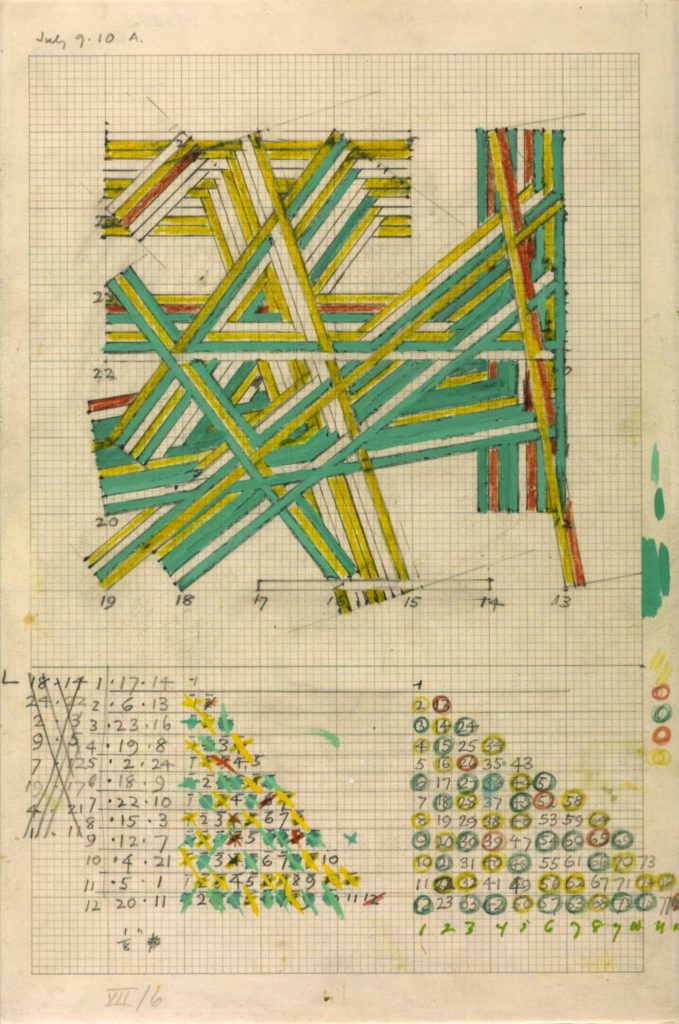
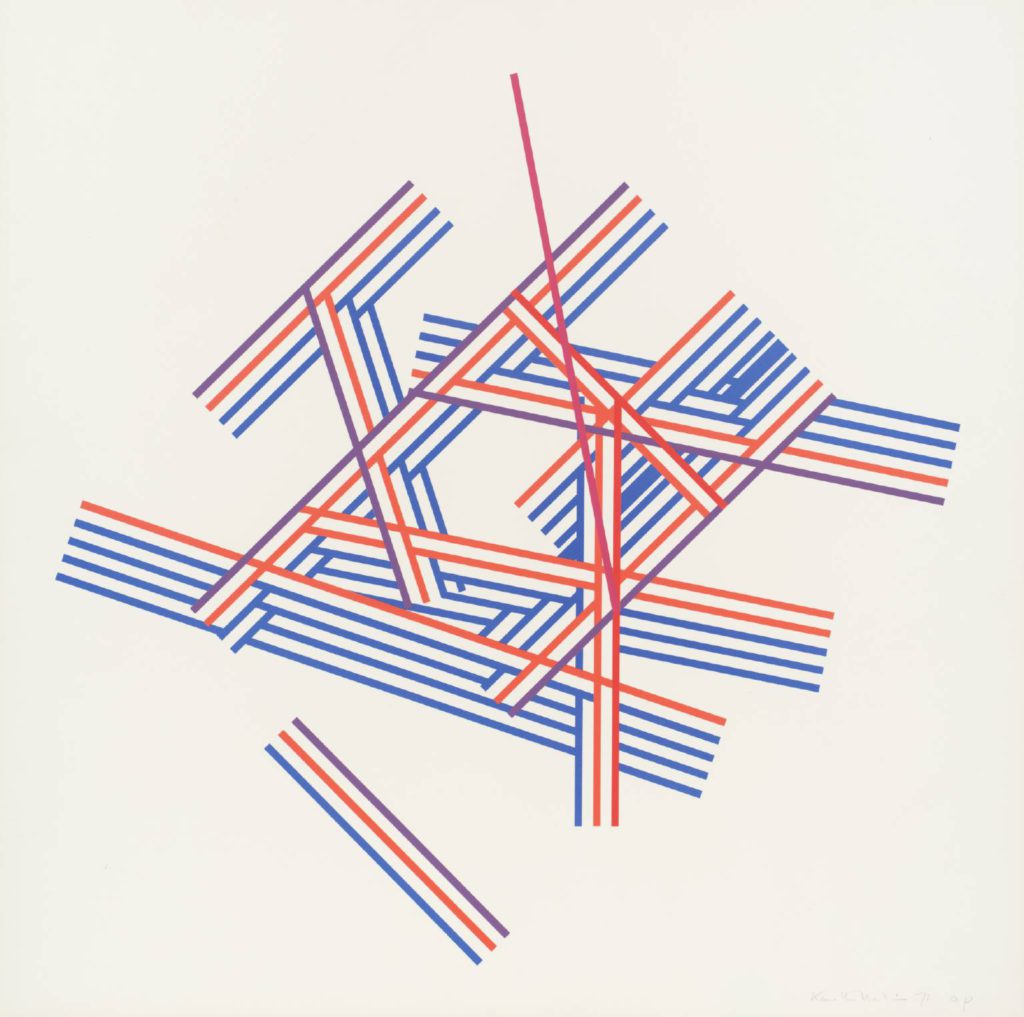
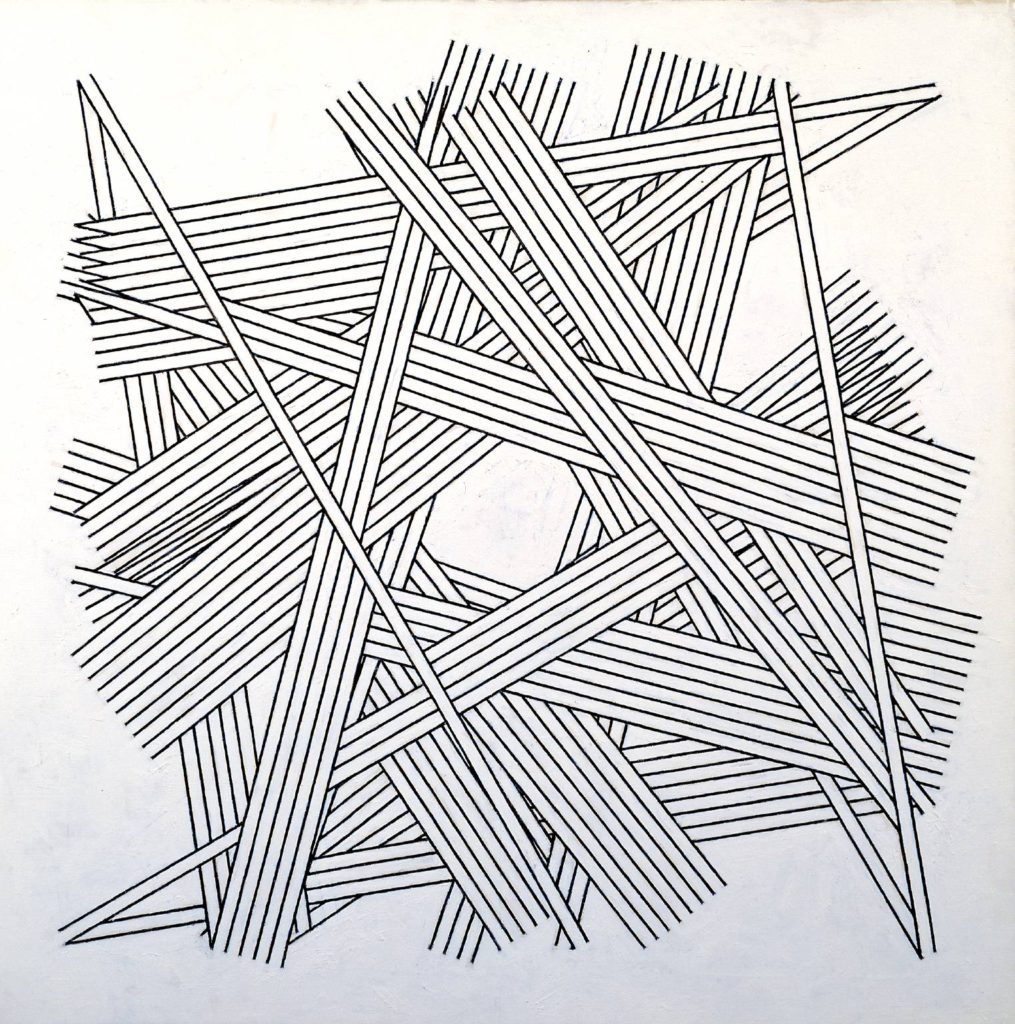
Subjectively, these are artworks, and I’m clearly not alone in this opinion given they’re in the Tate. However, their origin would seem contradictory to Shannon’s definition of information, given that their origins were in “pure” entropy. Therefore, they cannot contain information that is being passed to a receiver.
Differing representations of information
Changing tack somewhat, I believe it will be interesting to look at the virtual worlds of role playing games (RPGs). An RPG is a game where the players change their behaviours to assume a role, and then interact with a game world. The game world can take many forms, from a past rendition of the “real” world to a world far more speculative, for example an imagined world of the far future, or one based on a fantastical environment.
Historical RPGs
Role playing games have arguably existed for millennia. The earliest activities akin to role playing, for which we have evidence, date from Han dynasty China (202 BC – 9 AD, 25–220 AD). These were essentially historical reenactments, where the participants acted as the part characters from earlier periods of history.
While his takes RPG history back over two thousand years, given human’s enjoyment in the use of their imagination, it’s not unlikely that role playing games have been a pastime for humans since long before that.
It should be noted that, as RPGs evolved, earlier approaches to the genre did not disappear – they are all still being played in various forms.
Tabletop RPGs
What most people consider to be RPGs – tabletop fantasy RPGs – started to be played in the mid 1960s.
In most tabletop RPGs, a designated player, normally referred to as a Game Master (GM), describes the game world and its inhabitants to a group of players. The players respond to their understanding of the world, and describe the intended actions of their characters to the GM. The GM, working with a framework of previously agreed rules (often purchased) describes the outcome to the players. Where skill or chance is involved, the players will typically roll dice to determine whether an action is successful, and if so, what the consequences are.
Computer RPGs
Building on, and making extensive use of the terminology and gameplay mechanics from tabletop RPGs, computer RPGs have developed into a distinct form of their own. Essentially, computer RPGs replace the human GM with a computer program, with the player(s) inputing their intentions into the computer using a defined interface. The computer GM logic determines outcomes and presents ongoing results to the player(s).
Computer RPGs were initially text based, with the player (usually just one) reading about the world and the activities in it, and then entering their instructions in by keyboard.
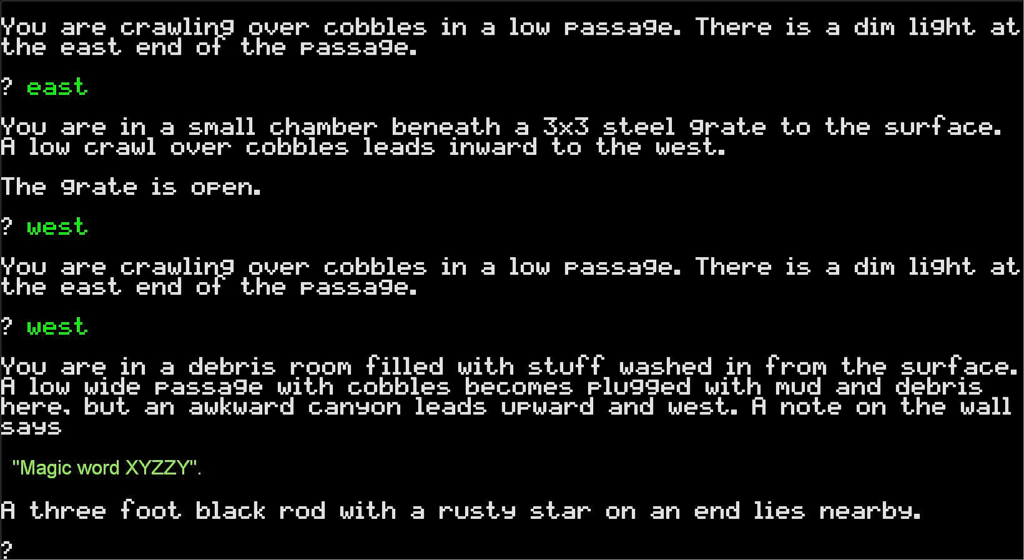
Later games added simple images, adding to the richness of information, but retained the text driven interface.
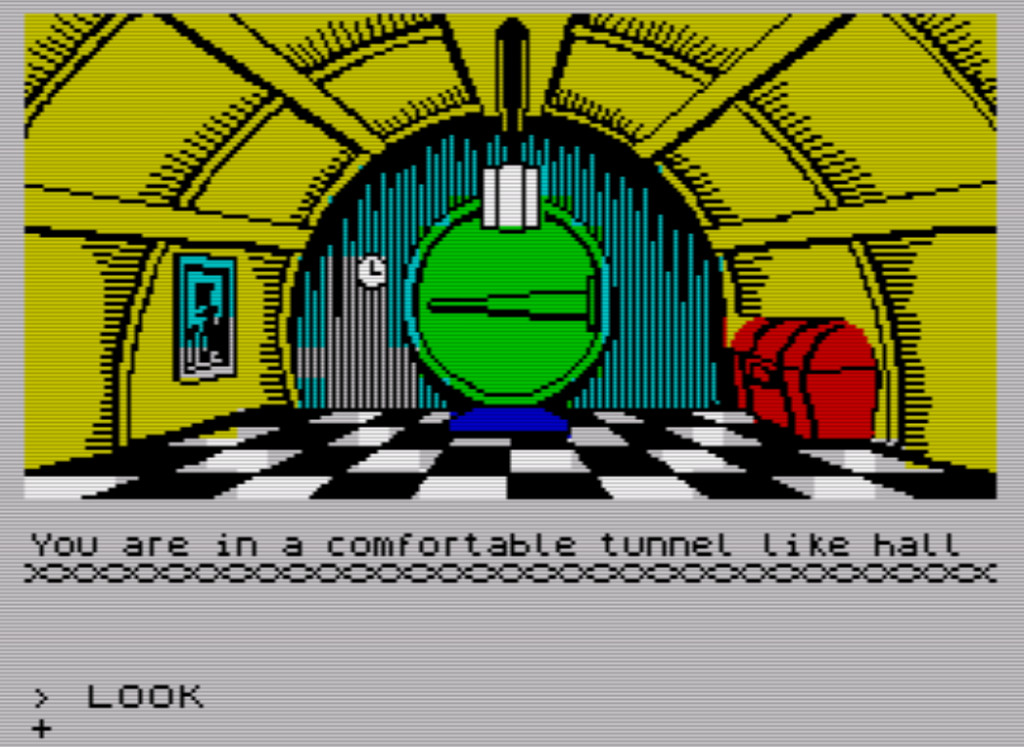
It took the graphical power available to computer systems of the 1980s before the text driven interfaces were superseded.
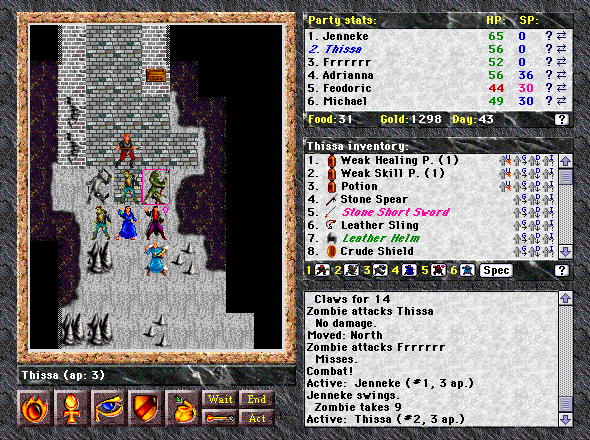
The early graphical RPGs were limited to two dimensions, but the simulation of three dimensions emerged a few years later.
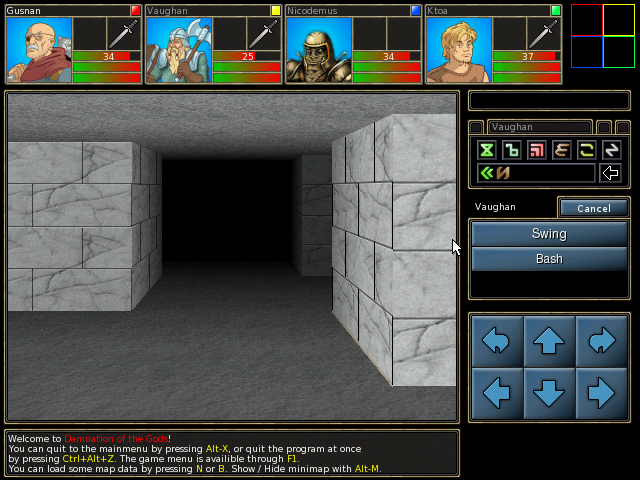
True three dimensional RPGs did not appear until 3D graphics acceleration hardware appeared for home computers in the mid 1990s.
Since then, graphics have advanced to the photorealistic levels we see at the time of writing (2022), but the general concepts, of player interactions with a game world through the proxy of a computer interface, have remained the same.
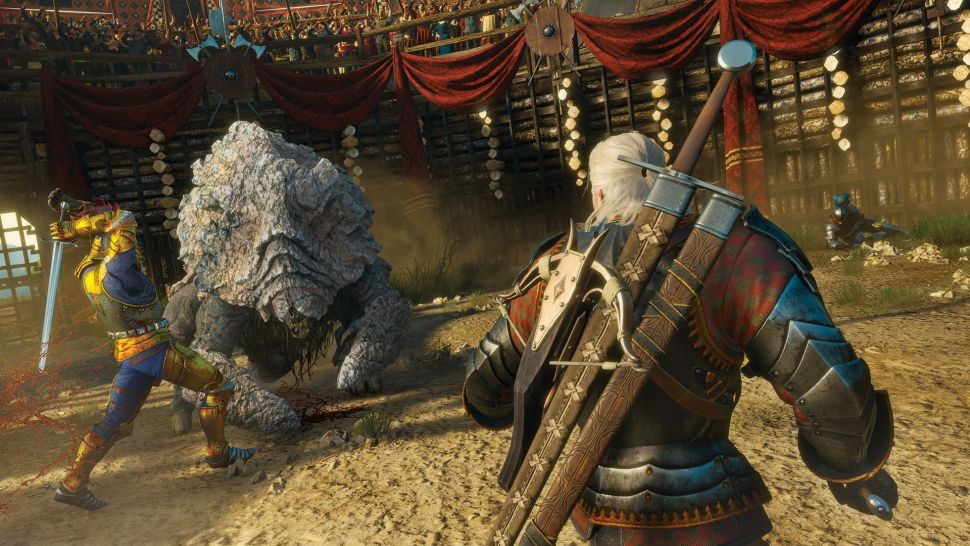
RPG World Information
The “world” represented in RPGs essentially exists in the imagination of the player – a “mental model”. The GM or computer provides descriptions or views which the player’s mind then processes and uses to adjust their mental model of the world.
Let’s consider a simple example of a player in an RPG being presented with an object. In a non-computer RPG, the GM will verbally inform the player about the object, or if some kind of game map is being used with miniatures of the environment, may present the player with a miniature model of the object. In a computer RPG, the computer may present text saying, “you see an object”, or it may display a representation of the object in 2D or 3D space (typically on a flat, 2D screen, or in more advanced game in three dimensions in a virtual reality headset).
Fundamentally though, this is all the same thing. The player receives the object information, and then updates their mental model of the game world to include the object.
Game’s model and player’s mental loops
The game’s model loop represents the dynamic world of the game. It is the combination of all the systems present in the game with which the player can interact. The player’s loop, on the other hand, is the mental model of the game world that the player creates.
The player builds his own mental loop based on the actual game model loop. He set his goals and executes actions that generate feedback in the game and continue to do so until his or her goal is achieved.
Practical Game Design [Book]. https://www.oreilly.com/library/view/practical-game-design/9781787121799/. Accessed 26 July 2022.
